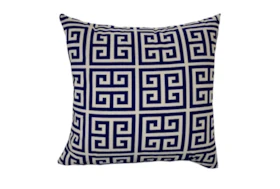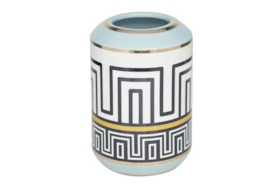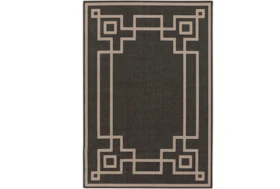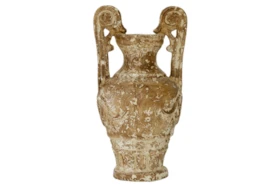
Greek Revival Style — The Architecture + Design, Defined
Greek Revival buildings often featured grand columns, pilasters, and intricate ornamentation, typically constructed from stucco or wood to mimic the marble of their European counterparts.
These structures were not limited to private residences but also included public buildings, contributing to their designation as a symbol of democratic ideals.
Thomas Jefferson was a notable advocate of this architectural style, promoting its use in public buildings across the nation. The style often incorporated elements from Georgian and Italianate traditions, blending these with Greek motifs to create a uniquely American aesthetic.



While both Greek Revival and Federal styles draw on classical influences, they have distinct characteristics:
- Federal Style (1780-1830): Known for its delicate and refined details, Federal style often features elliptical or circular windows, fanlights, and decorative moldings. The overall aesthetic is more restrained and elegant.
- Greek Revival (1820-1860): This style emphasizes bold, impressive features such as large columns, pediments, and heavy entablatures, aiming to evoke the grandeur of ancient Greek temples.



Jessica Harris, Living Spaces interior designer, gave us a breakdown of the look. According to the designer, "The most distinctive feature of a Greek Revival house is the use of tall, imposing columns that typically support a front porch or portico. These columns are often of the Doric, Ionic, or Corinthian order and are accompanied by other classical elements like pediments, symmetrical windows, and heavy cornices."
Jessica continues, sharing that "Neoclassical architecture and Greek Revival share many similarities but have key differences." We looked into it and found accuracy in the designer's insights: Neoclassical (mid-18th century onwards) is a broader term that encompasses all architecture inspired by classical antiquity, including Greek and Roman influences. It tends to be more ornate and diverse in its interpretation of classical elements. Greek Revival (early to mid-19th century) is a specific subset of Neoclassical architecture that focuses exclusively on elements from ancient Greek architecture, emphasizing, Jessica states, "simplicity, symmetry, and the use of Greek orders."
Greek Revival
No, the White House is not Greek Revival. The White House is primarily designed in the Neoclassical style, incorporating elements from both Greek and Roman architecture. While it features some Greek-inspired elements, it predates the Greek Revival movement and includes a blend of various classical influences.
Read the Latest
Editorial Disclaimer: Articles featuring tips and advice are intended for educational purposes and only as general recommendations. Always practice personal discretion when using and caring for furniture, decor and related items.











































